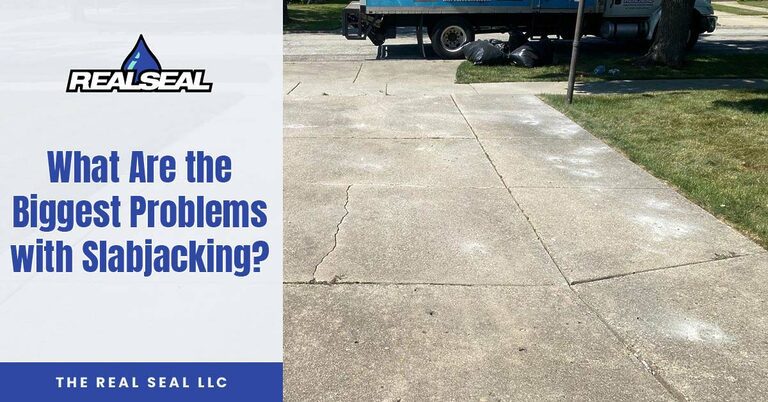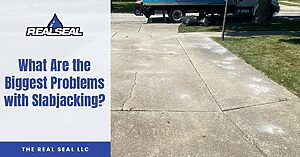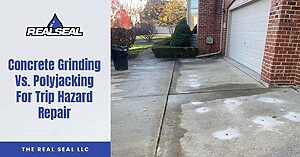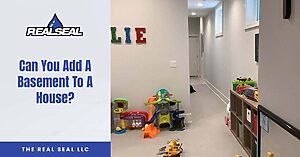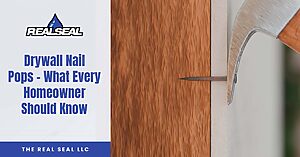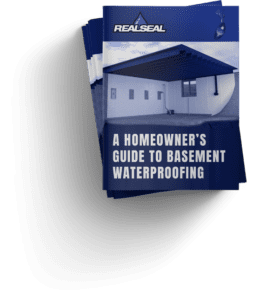Although slabjacking is beneficial in many cases, this service also has some downsides. As such, you need to understand these downsides before you choose slabjacking as the best way to level your concrete. Slabjacking cannot resolve all concrete slab problems. Also, there are two different types of slabjacking, each with distinct pros and cons.
What is Slabjacking?
Slabjacking is a standard concrete service that involves raising concrete slabs. This service is most useful when slabs on your property have sunken in some places, making them uneven and difficult to use.
Slabjacking can go by several names, including concrete leveling and concrete lifting. Regardless of what name you use, slabjacking can be a quick and convenient way to restore unlevel concrete sidewalks, driveways, patios, and more.
Why is Slabjacking Necessary?
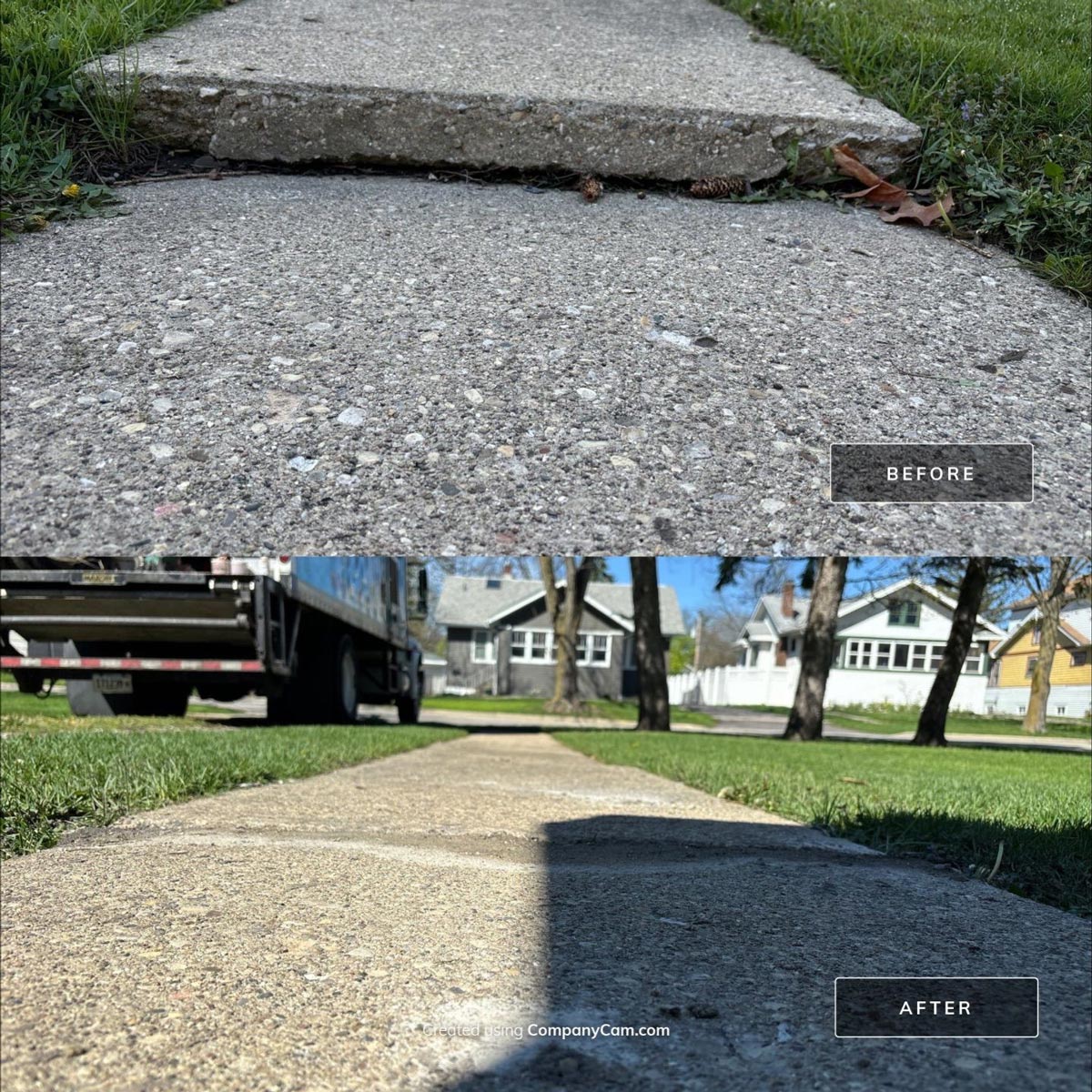
Before discussing how slabjacking works and its downsides, let’s consider why this service is necessary. As mentioned, slabjacking is a solution for uneven concrete slabs. But what causes concrete slabs to become uneven in the first place?
Concrete slabs often become unlevel due to voids in the soil below. This happens when the slab starts to sink into the voids. This sinking causes the slab to become uneven, and it can lead to cracking as well. Slabjacking works by filling those voids and restoring support to the slab.
Unfortunately, uneven slabs are much more than a nuisance. Unlevel concrete slabs are also unsightly, difficult to use, and can be dangerous. Uneven concrete slabs are a trip hazard that can cause problems for anyone with mobility issues. As such, fixing your unlevel concrete slabs as soon as possible is vital.
How Does Slabjacking Work?
While there are multiple ways to perform slabjacking, each involves some shared steps. Below is a general outline of what a concrete team will do during slabjacking:
- Locate the areas of the concrete slab that have become sunken.
- Drill holes through the concrete slab.
- Inject the slabjacking material through the holes to fill gaps below and raise the slab.
- Patch the injection holes with cement.
- Allow the cement and slabjacking material to cure.
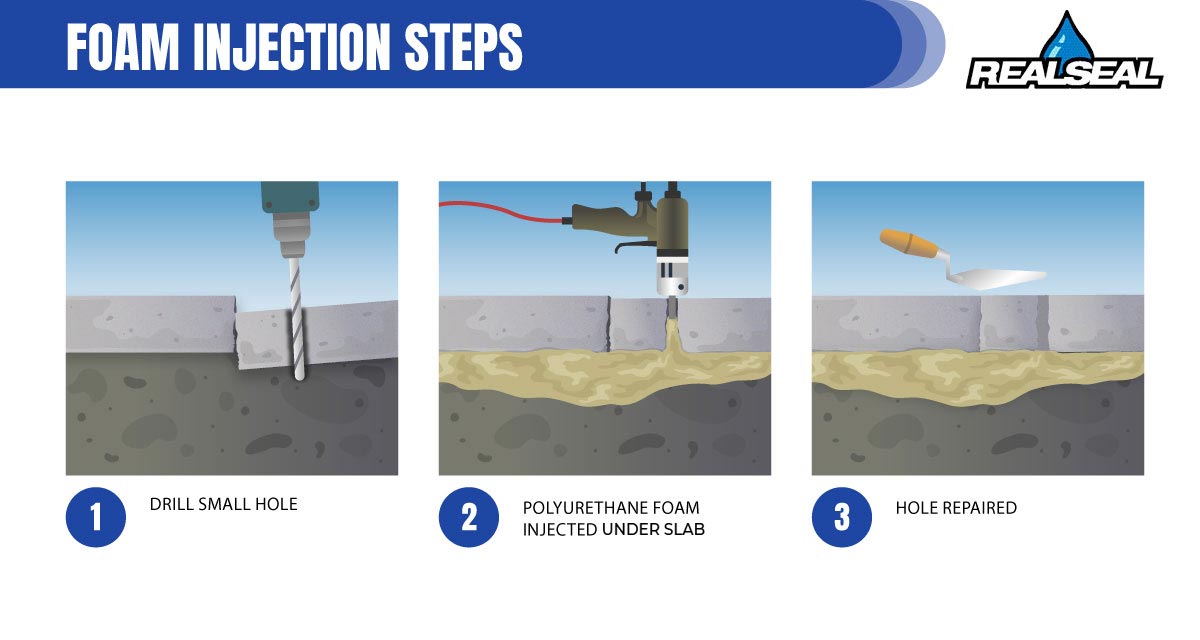
Some slabjacking materials cure almost instantly, allowing you to walk on your leveled concrete immediately. However, other materials take a few days to cure.
Downsides to Slabjacking
The sections above reveal that slabjacking is common and a simple process that allows concrete to be usable again. However, as with most services, slabjacking comes with some downsides, such as those in the list below:
- Not always applicable for deep soil voids: Slabjacking is not applicable in many cases. For example, if the soil voids below an uneven slab are too deep, slabjacking may not be capable of filling them.
- Challenges with touching slabs: When slabs don’t rub against each other, they can move freely and respond well to slabjacking. However, when unlevel slabs touch one another or overlap, their friction can make it difficult for slabjacking to raise the slab.
- Difficulty with weight: Another issue that complicates slabjacking is when a significant weight rests on the concrete slab. In these cases, slabjacking material is often unable to overcome that weight and level the concrete. In these scenarios, a different concrete service will be necessary.
- Not a fix for cracks: Unlevel concrete is common, but so are concrete cracks. Unfortunately, slabjacking provides a solution for one but not the other. If you are dealing with excessive cracking in your concrete slabs, slabjacking may not be applicable or may be only a partial solution for your concrete problems.
- Problems with control: Sometimes, it is difficult to control the slabjacking injection. This is easy to understand since the injection mainly takes place below the slab, where you cannot see it. It is easy to inject too much slabjacking material, raising the slab too much. After injecting too much slabjacking material, it is challenging to remove.
- Cosmetic downgrades: The cement patching stage of the slabjacking process should restore some aesthetics to your concrete. However, slabjacking leaves traces that are less visually appealing than a smooth and undisturbed concrete surface. Still, the best concrete teams do an excellent job concealing injection holes to ensure they are as difficult to notice as possible.
- Cost: Overall, slabjacking is not an extremely expensive service. It often costs just $5-8 per square foot or less. Still, price alone can deter some property owners from investing in a much-needed slabjacking service.
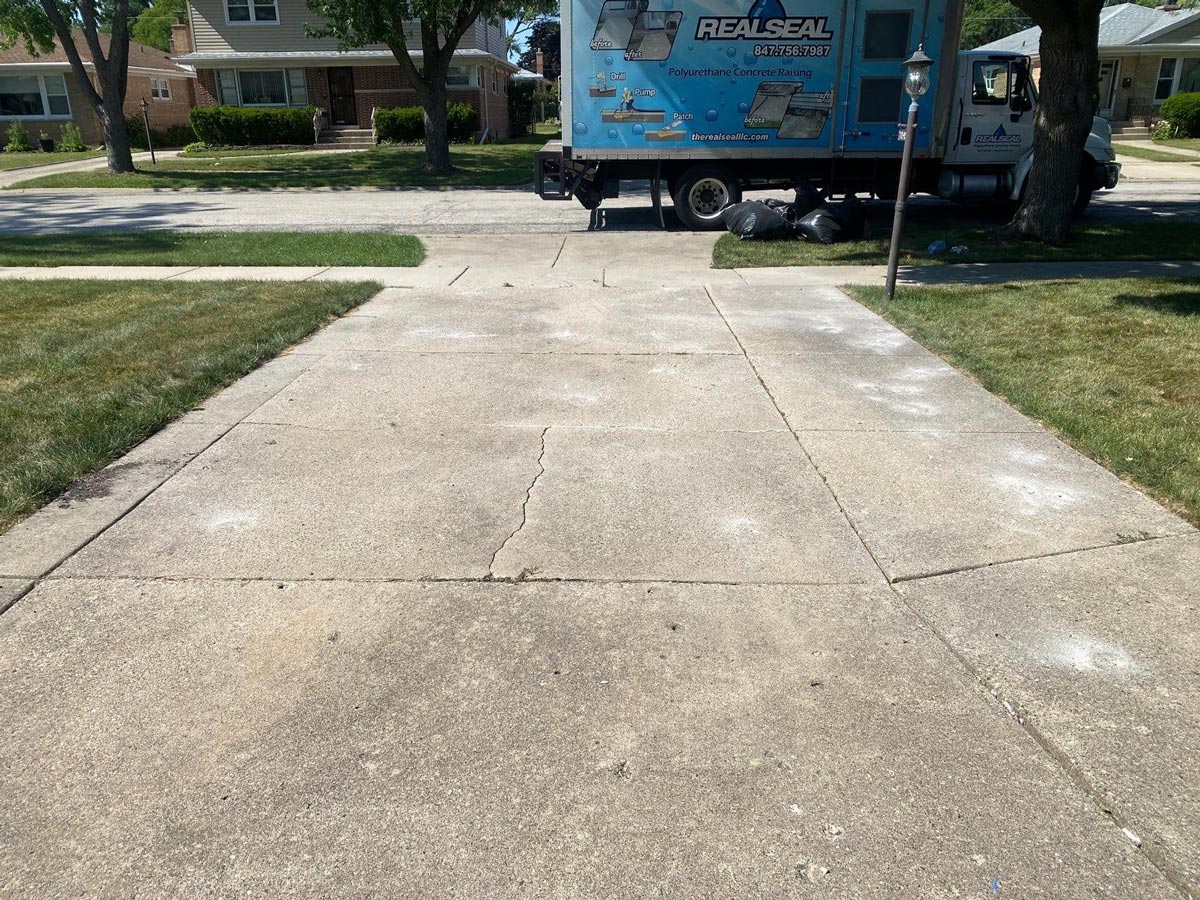
Polyjacking vs. Mudjacking
The two slabjacking methods a concrete professional may recommend are polyjacking and mudjacking. While these two processes follow similar steps that we have outlined above, some essential differences make one more preferable than the other.
By contrast, polyjacking provides many advantages. For example, polyjacking is a cleaner process that relies on polyurethane foam rather than the comparatively messy mudjacking material.
Similarly, polyjacking requires smaller injection holes that are easier to conceal. The polyjacking process is also more lightweight and efficient for the installer. Additionally, while mudjacking takes multiple days to cure, polyjacking cures right away, meaning that you can walk on your leveled concrete immediately after polyjacking takes place.
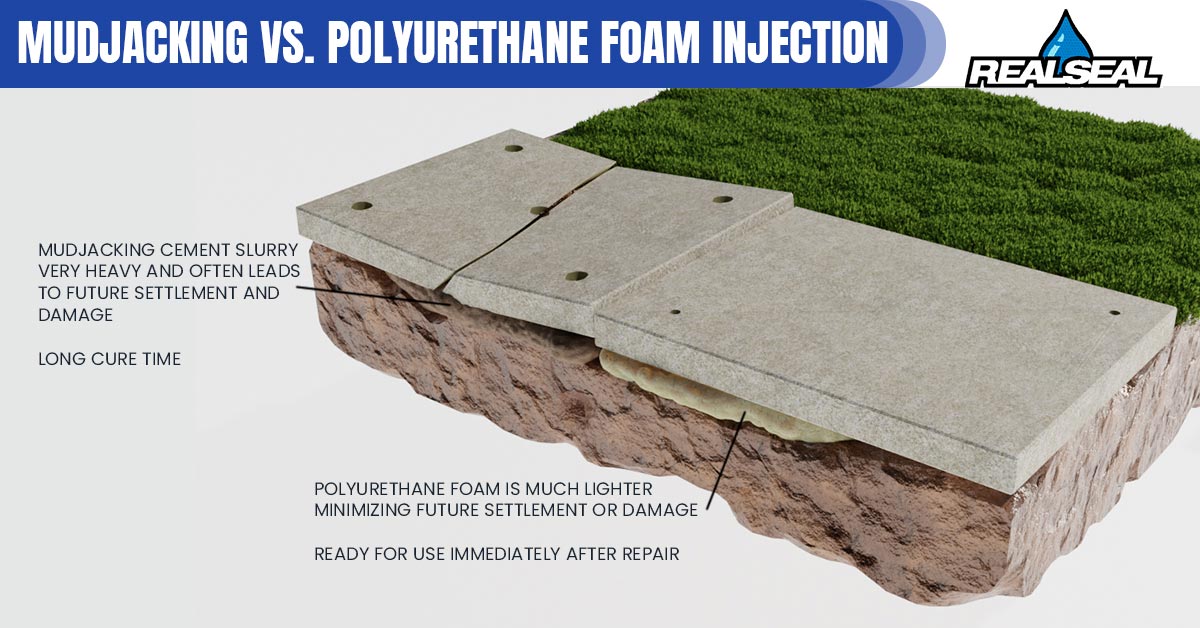
Do You Need Slabjacking for Your Property?
Although there are some downsides to slabjacking, this service is beneficial for many property owners dealing with unlevel concrete slabs and costs far less than full replacement of the concrete. If your concrete slabs are uneven, one of the best decisions you can make is to contact a professional team to see if slabjacking is the right process for you.
If you have unlevel concrete in the Chicagoland area, The Real Seal LLC. will provide slabjacking and any other concrete services you need. Contact us today to learn more about how we can restore your concrete.
